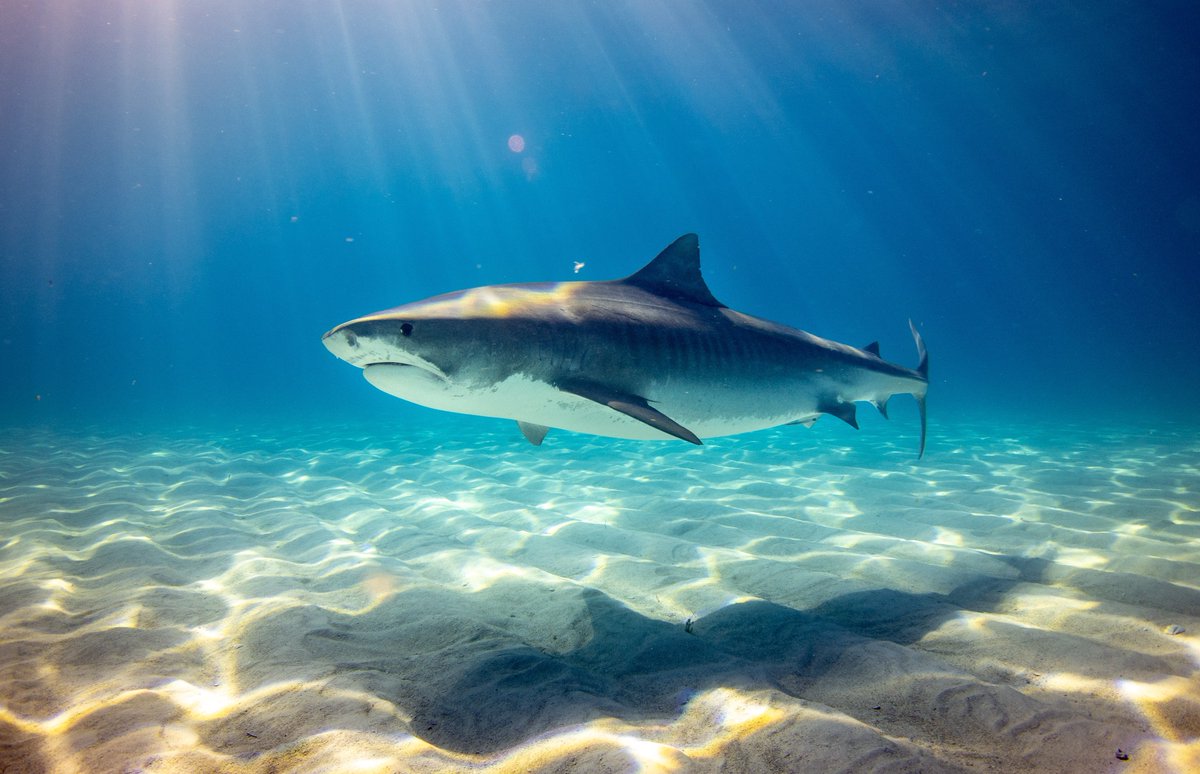The Myall Lakes #Dingo Project is a collaboration between Taronga, @CES_UNSW, @UNSW_BEES, NSW National Parks and Wildlife Service through @NSWDPIE, and MidCoast Council, headed up by Taronga’s @HWConflict and @PitcherBen. #MyallLakesNationalPark #ScienceWeek PC: Bobby-Jo Vial 

Established in 2019, and funded by the Hermon Slade Foundation and Taronga, this project aims to develop and test novel #nonlethalmanagement tools for #dingoes, and to further our understanding and appreciation of this iconic but much-maligned #Australian #carnivore.
#Dingoes and other #carnivores often communicate territory ownership through #scentmarking and #howling. Sound up for this clip! It's a half-hearted howl, but lovely to hear.
Specifically, we’re testing whether #dingo #scentmarks and howls can be used in the absence of #dingoes to deter them from areas of risk or conflict, and keep them safe - while potentially also repelling introduced #foxes. 

Why repel #dingoes? As with all apex #carnivores, dingoes are beneficial to have around, but they can also be costly to live alongside. Their impacts need to be managed, with the best #animalwelfare and ecological outcomes in mind. Of course, human behaviour also needs work... 

Current management of #dingo impacts tends to focus on exclusion, either through fencing or #lethalcontrol. As well as removing #dingoes, they also remove any impacts that the carnivore has on the environment (both positive and negative) and can be very costly to implement.
Coexisting with dingoes can be challenging and costly, and while some #nonlethalmanagement tools exist, there’s definitely room for more doi.org/10.7882/AZ.202… and greater uptake. PC: Bobby-Jo Vial. 

If successful, non-lethal tools would allow managers to target #dingo exclusion in specific areas where the risk of #humanwildlifeconflict is greatest - so perhaps campgrounds, or paddocks - not the entire landscape. This short video explains the project:
• • •
Missing some Tweet in this thread? You can try to
force a refresh













